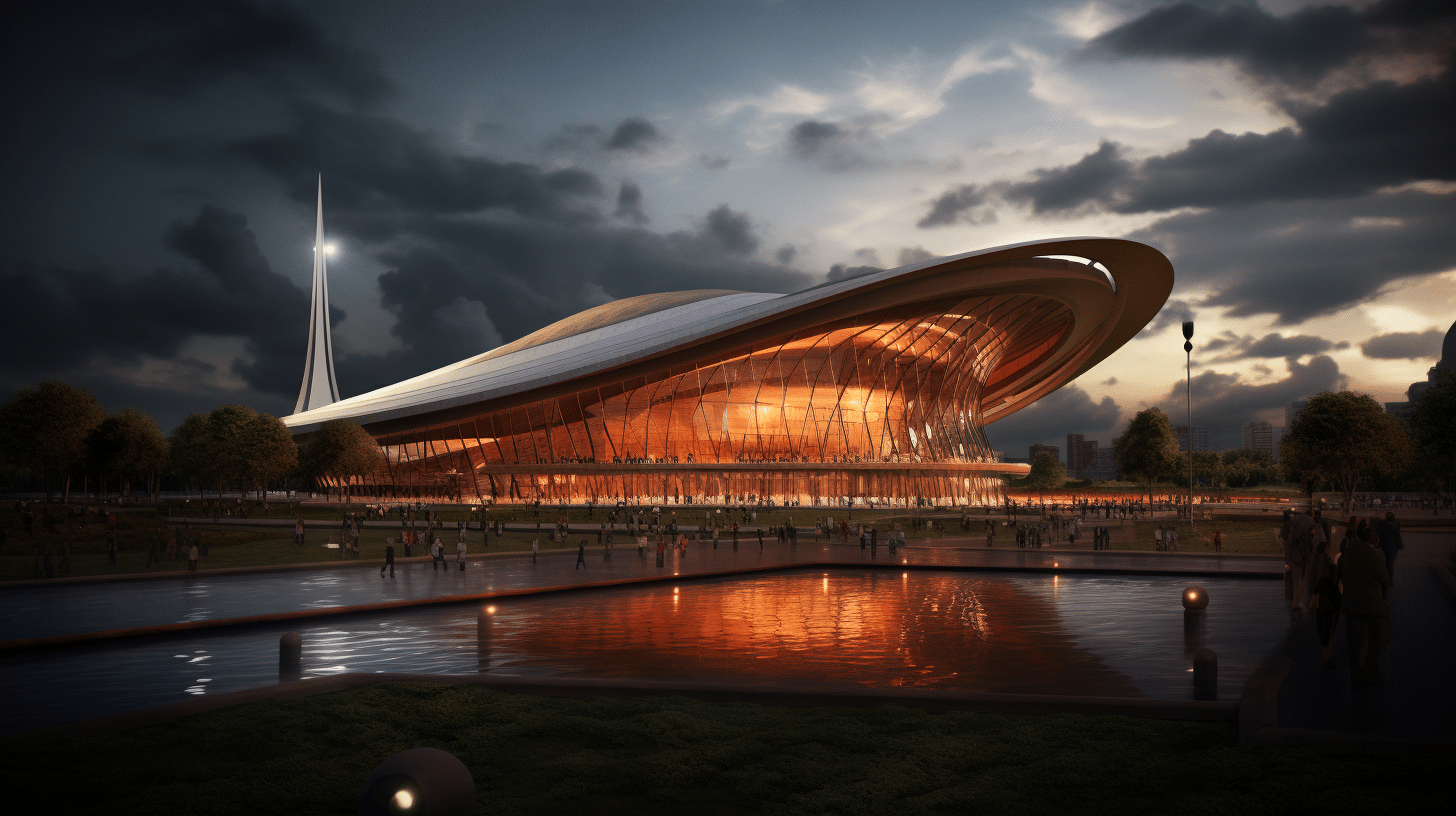Kenyatta international conference center is the icon for the capital city of Kenya Nairobi. It is the third tallest building in Kenya, standing at a height of one hundred and five meters high. The building is located at the central business district of Kenya’s largest city and also capital city Nairobi.
The Kenya international conference center was commissioned in nineteen sixty seven and was completed in nineteen seventy three. The building was commissioned by the late president Jomo Kenyatta who is Kenya’s first president.
It is made up of a cylinder which forms the main tower. The cylinder is composed of several cuboids. It has conference rooms, banking halls, a modern business center and ample parking area with ample security. The Kenya international conference center has simultaneous interpretation equipment with a capability of interpreting seven languages.
The building also has a courtyard which is adorned with many different flags for promotional identities. The courtyard surrounds the statue of the first president of Kenya, Jomo Kenyatta. Further, the courtyard has gardens, pools and geyser fountains that are used by those attending conferences as a respite after many hours in the conference rooms.
Kenya is a member of the common wealth association, which is abbreviated as COMESA. The Kenya international conference center contains a ground where all meetings like the COMESA are held. The grounds overlook the Kenyan parliament and have a parking lot that can amply park one thousand vehicles in one sitting.
The Kenya international conference center boasts of having the largest conference room in East Africa. This conference chamber known as the plenary has a capacity of five thousand people and caters for other large international meetings and grand balls. It is has a high roof that was intentionally created for banners, elaborate décor and other promotion materials. It is also equipped with advanced sound amplification equipment as well as language interpretation equipment supporting seven languages.



0 comments